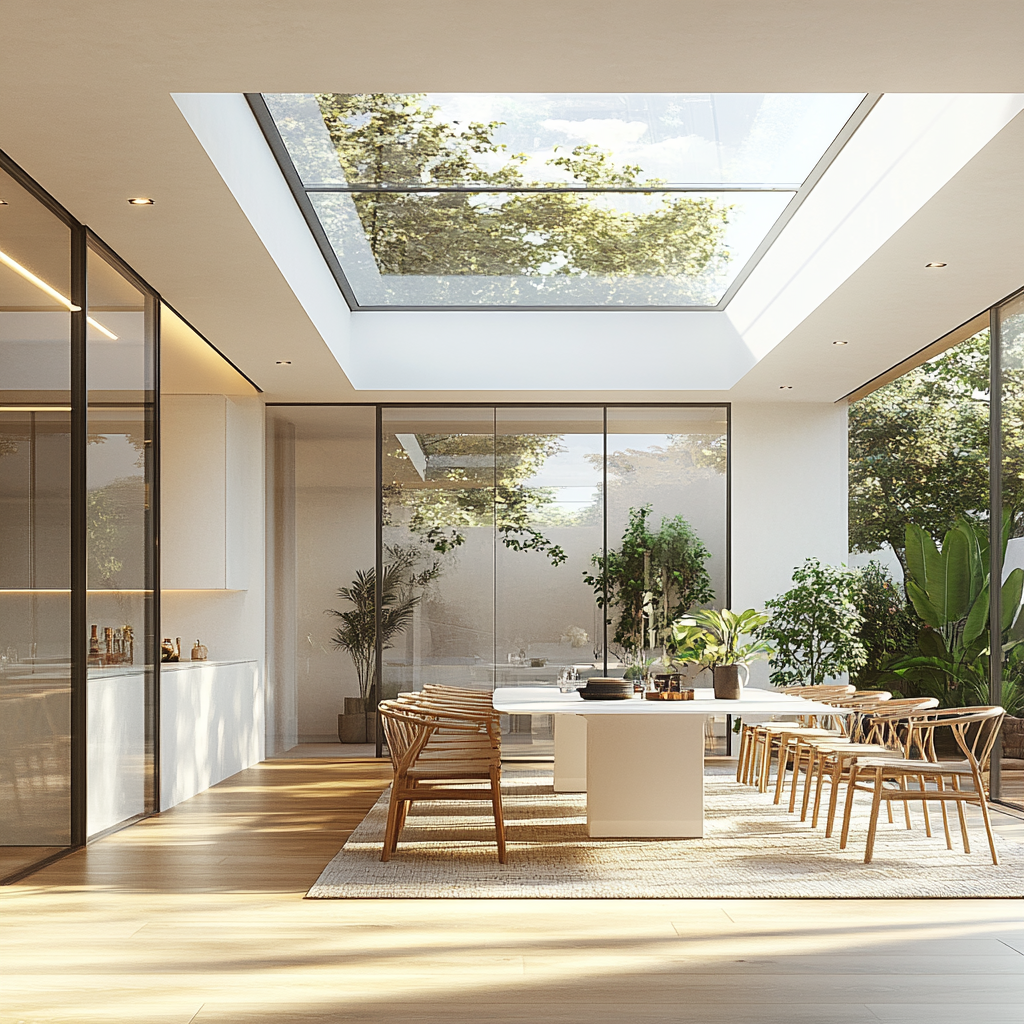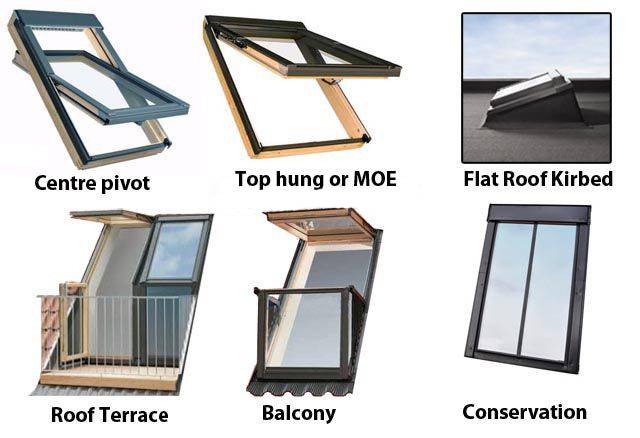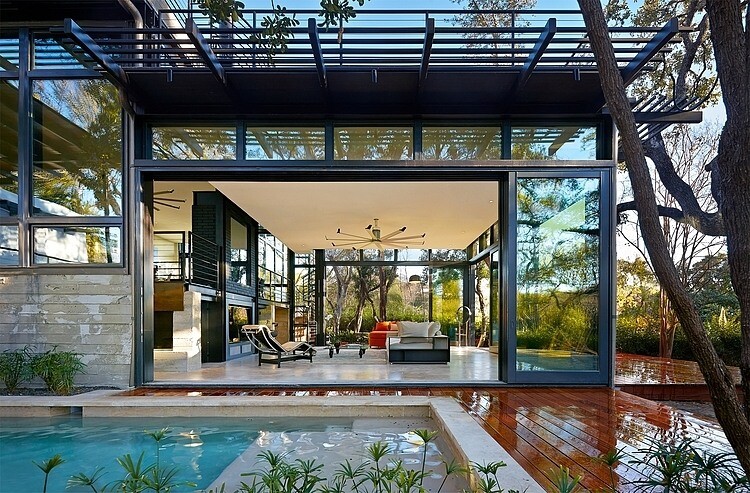Are you considering adding skylight windows to your next project? Skylight window can completely transform a space by bringing in natural light and improving energy efficiency. For contractors, selecting the right skylight window involves balancing factors like installation complexity, energy performance, and aesthetic impact. Whether you’re installing skylights for a residential or commercial building, choosing the best options can enhance both functionality and appeal.
According to the U.S. Department of Energy, well-designed skylights can reduce lighting energy use by up to 80% during the day. Additionally, skylights with proper glazing and ventilation features can improve indoor air quality, making them a smart addition to kitchens and bathrooms.
As a contractor, you’ll need to consider the types of skylights, from fixed to venting, and their impact on energy costs, installation methods, and long-term durability. It’s also critical to ensure the materials meet local building codes and energy efficiency standards like ENERGY STAR.
In this guide, we’ll break down the essentials, providing the insights you need to make informed decisions for your clients.
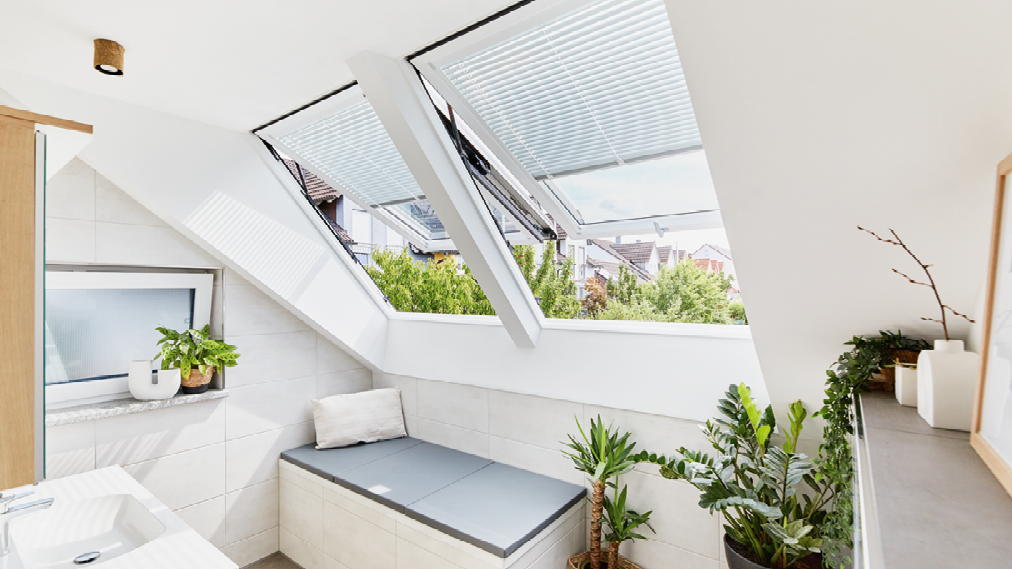
Types of Skylights
When selecting a skylight for your project, understanding the different types is essential. Each type has specific benefits depending on your client’s needs and the space.
Fixed Skylights
Fixed skylights are non-operable, meaning they don’t open for ventilation. These are perfect for adding natural light to living rooms or hallways, where ventilation isn’t a priority. According to VELUX, fixed skylights are also the most energy-efficient due to their tight seals
Vented Skylights
Vented skylights, also known as operable skylights, allow for air circulation. These are ideal for bathrooms and kitchens, where you want to reduce humidity and control moisture. They come in manual and electric options, adding flexibility depending on the project scope.
Tubular Skylights
Tubular skylights, or sun tunnels, are great for small spaces like closets or hallways where traditional skylights may not fit. These use reflective tubes to channel sunlight, maximizing natural light in tight areas.
Choosing the right type depends on the room’s purpose and the client’s goals. Each type brings different levels of light, ventilation, and energy savings, helping you make the best choice for your project.
Skylight Material Options
Choosing the right material for your skylight impacts its durability, energy efficiency, and long-term maintenance. Let’s explore the two primary materials used in skylight construction: glass and plastic.
Glass Skylight window
Glass skylights are popular for their durability, clarity, and energy efficiency. They are typically double or triple-glazed, providing better insulation and reducing heat loss. Many glass skylights come with a low-E (low emissivity) coating to improve UV protection and energy performance. Glass is scratch-resistant and lasts longer than plastic. According to This Old House, glass skylights offer better clarity and longer lifespan compared to plastic. However, glass skylights are heavier and more expensive to install.
Plastic Skylight window
Plastic skylights, usually made of acrylic or polycarbonate, are lighter and more affordable. They are often used in areas where cost is a primary concern. However, plastic skylights are prone to discoloration over time and are less durable than glass. They can also scratch more easily, which may reduce their lifespan. Despite this, plastic skylights are a great choice for budget-conscious projects.
Both materials have their pros and cons, so it’s important to consider the project’s goals, budget, and climate when deciding.
Energy Efficiency & Performance Ratings
Energy efficiency is a key factor when choosing skylights. It not only impacts the building’s energy costs but also its environmental footprint. Here’s what to look for when evaluating skylight performance.
U-Value
The U-value measures how well a skylight prevents heat from escaping. The lower the U-value, the better the skylight insulates. For colder climates, choosing skylights with a low U-value helps reduce heating costs. According to the U.S. Department of Energy, skylights with low U-values are crucial for improving energy efficiency in buildings.
Solar Heat Gain Coefficient (SHGC)
The SHGC measures how much solar radiation enters through the skylight. In warmer climates, a lower SHGC is essential to prevent overheating, while in colder climates, a higher SHGC can allow more passive solar heating. This balance improves year-round comfort.
ENERGY STAR® Certification
Skylights with ENERGY STAR® certification are independently tested to meet strict energy efficiency guidelines. These skylights can reduce energy costs by up to 10-15% when properly installed.
By paying attention to U-values, SHGC, and certifications, you can ensure that your skylights deliver optimal performance and energy savings.
Skylight Frame Options
Choosing the right skylight frame is crucial for durability, insulation, and maintenance. Let’s explore the most popular frame materials and their pros and cons.
Aluminum Frames
Aluminum frames are lightweight and durable, making them a common choice for skylights. They are low-maintenance but tend to have high thermal conductivity, which can lead to heat loss unless properly insulated. Contractors often use these in commercial projects where strength is key.
Wood Frames
Wood frames offer a traditional and aesthetically pleasing look. They provide excellent insulation, which can help with energy efficiency. However, wood requires regular maintenance, especially in high-moisture areas, to prevent rot and decay.
Vinyl Frames
Vinyl frames are a cost-effective option and require minimal upkeep. They are excellent insulators, making them ideal for energy-conscious projects. Vinyl is resistant to moisture, making it a good option for humid environments like bathrooms.
Composite Frames
Composite frames combine the strength of wood with the low-maintenance benefits of vinyl or aluminum. They offer durability, good insulation, and weather resistance, making them versatile for various climates.
Each frame material has its strengths, so choose based on your project’s climate, aesthetic goals, and budget.
Size and Placement Considerations
Choosing the right skylight size and placement can make or break your project’s success. The size of the skylight impacts both aesthetics and energy efficiency, while its placement affects the amount of natural light and heat entering the room.
Sizing Guidelines
A general rule of thumb is to size the skylight based on the room’s floor area:
- For rooms with many windows, the skylight should be around 5% of the floor area.
- For rooms with fewer windows, aim for 10-15% of the floor area.
Placement Considerations
Where you install the skylight on the roof matters just as much as its size. Here are some key placement tips:
- South-facing skylights receive the most sunlight but can cause overheating in warmer climates.
- North-facing skylights provide soft, diffused light, making them ideal for even light distribution.
- Avoid installing skylights near roof valleys or eaves, as these areas are more prone to leaks.
Also, consider obstructions like trees or neighboring buildings, which can block sunlight. The angle of your roof also impacts how much light enters the space, so adjust skylight placement to maximize daylight while minimizing heat gain.
Choosing the right size and placement ensures that your skylight delivers optimal lighting, ventilation, and energy savings.
Cost, Installation, and Maintenance Considerations
When planning a skylight installation, consider the costs, installation process, and ongoing maintenance. Understanding these factors helps you make informed decisions.
Cost Breakdown
The price of skylights can vary widely based on type and materials:
- Fixed skylights generally cost less than vented skylights.
- Glass options tend to be pricier than plastic ones but offer better durability.
- Installation costs can range from $500 to $2,500, depending on roof complexity and size.
Installation Tips
Installing a skylight window isn’t just a DIY project. Here are some things to keep in mind:
- Always consult local building codes and permits before starting.
- Ensure a proper seal to prevent leaks. Poor installation can lead to costly repairs.
- If you’re not comfortable with roofing work, hire a professional to ensure safety and quality.
Maintenance Requirements
Regular maintenance is essential for longevity:
- Clean the glass regularly to maximize light transmission.
- Check for leaks and ensure seals are intact.
- Inspect and clean any built-in ventilation systems to prevent blockages.
By factoring in costs, understanding installation challenges, and committing to maintenance, you can ensure your skylight performs beautifully for years to come.
Conclusion
Incorporating skylights into your projects can dramatically enhance both aesthetics and energy efficiency. With options like fixed, vented, and tubular skylights, you have the flexibility to meet your clients’ needs. Choosing the right materials, sizes, and placements is crucial to ensure maximum light and minimal energy loss.
One excellent choice is the PA Home aluminum skylight window. Known for its durability and sleek design, it provides exceptional insulation while being low-maintenance. This option is particularly suitable for modern homes, where aesthetics and performance go hand in hand.
As you plan, keep in mind the costs involved and the importance of proper installation and maintenance. A well-installed skylight can reduce energy bills significantly, with the U.S. Department of Energy noting potential savings of up to 15%.
Remember, every project is unique, so take the time to consider what works best for each space. By being informed and thoughtful, you’ll not only meet your clients’ expectations but exceed them.
Skylights aren’t just windows—they’re a pathway to a brighter, more energy-efficient future.
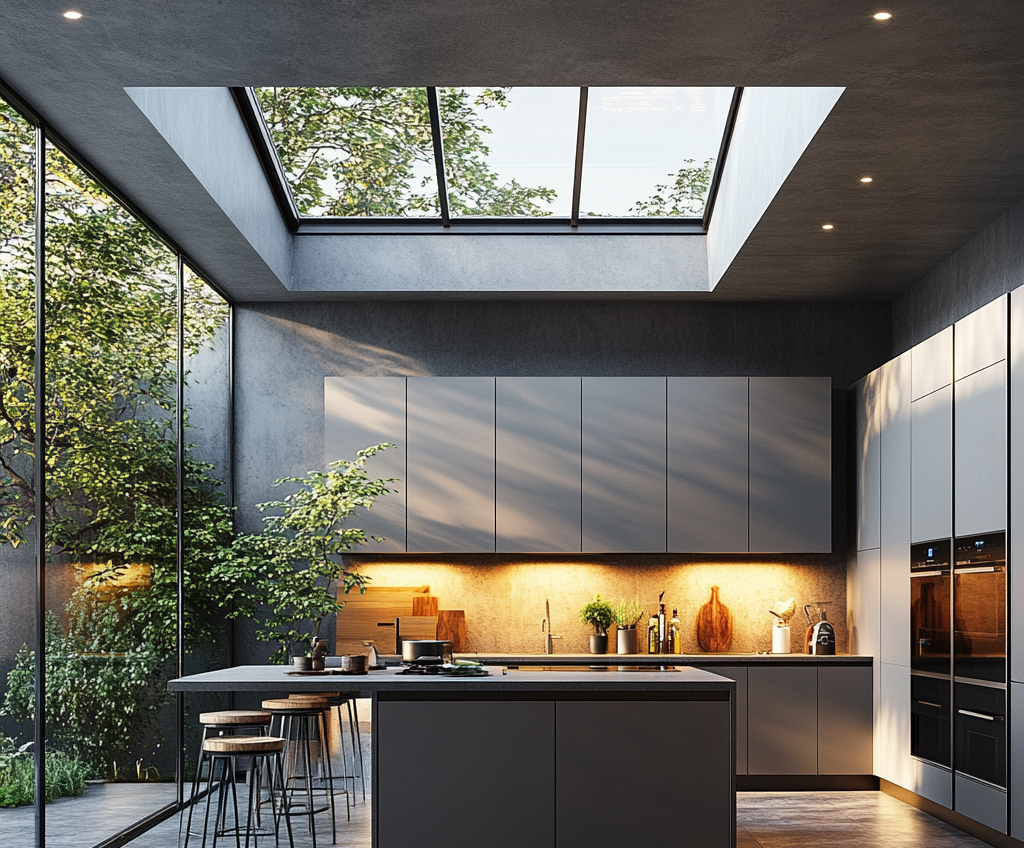
FAQS
1. What are the different types of skylight windows?
Skylight windows come in several types, including fixed, vented, and tubular skylights. Each type serves different purposes and can enhance natural light in various spaces.
2. How do I choose the right skylight window for my project?
Consider factors like size, placement, and energy efficiency ratings. Assess your specific needs and the characteristics of the space where the skylight will be installed.
3. What maintenance do skylight windows require?
Regular maintenance includes cleaning the glass, checking seals for leaks, and inspecting any built-in ventilation systems to ensure they remain unobstructed.

